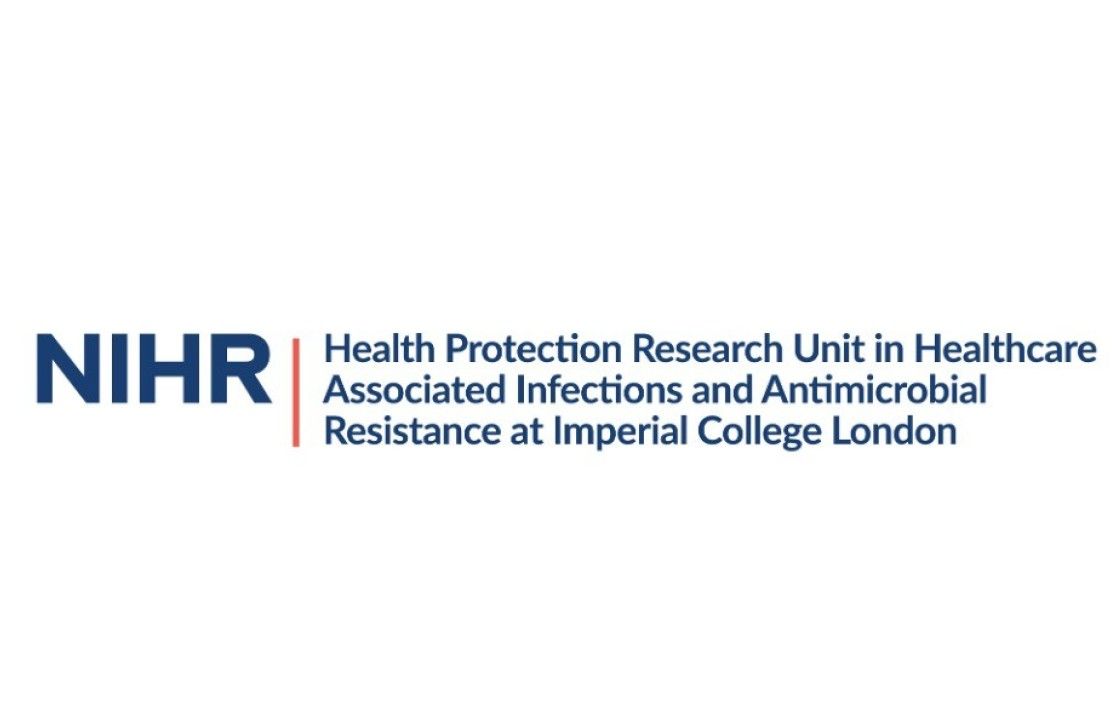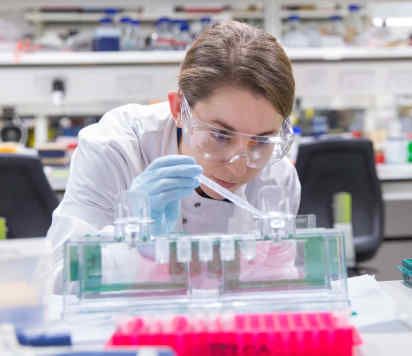BibTex format
@article{Moore:2016:10.12968/hmed.2016.77.4.C50,
author = {Moore, LSP and Cunningham, J and Donaldson, H},
doi = {10.12968/hmed.2016.77.4.C50},
journal = {British Journal of Hospital Medicine},
pages = {C50--C54},
title = {A clinical approach to managing Pseudomonas aeruginosa infections},
url = {http://dx.doi.org/10.12968/hmed.2016.77.4.C50},
volume = {77},
year = {2016}
}
RIS format (EndNote, RefMan)
TY - JOUR
AB - The Pseudomonas genus is a group of more than 140 bacterial species, all strictly aerobic Gram-negative rods, widely found in the environment, including in and around water sources. The most common species in the context of human health is Pseudomonas aeruginosa, where estimates of colonization vary from 3–5% in healthy individuals up to 20% among inpatients. However colonization does not equal infection, and despite these high rates of colonization and the potential for virulence, it is thought that fewer than 10% of inpatient infections are caused by P. aeruginosa.Specific bacterial virulence factors have been identified, the presence of which is associated with altered clinical outcomes. These virulence factors include the ability of P. aeruginosa to form biofilms (facilitating adherence to host epithelia and immunological evasion), produce extracellular proteases (to aid invasion), and directly deliver effector proteins (ExoY, ExoS, ExoT and, particularly relevant to pulmonary infections, ExoU) into the cytosol of host cells via a type III section system (Sawa et al, 2014). Yet with an inability to quickly and confidently discern virulence among P. aeruginosa in clinical laboratories, the dichotomy between colonization and infection can cause confusion in clinical practice, with potential for both under- and overtreating clinical conditions involving this bacteria. Clinical management of patients with P. aeruginosa is further complicated by the complex antimicrobial resistance of this organism. This article reviews the most common presentations associated with P. aeruginosa, appropriate investigations and their interpretation, management options, and implications for infection control and public health.
AU - Moore,LSP
AU - Cunningham,J
AU - Donaldson,H
DO - 10.12968/hmed.2016.77.4.C50
EP - 54
PY - 2016///
SN - 1750-8460
SP - 50
TI - A clinical approach to managing Pseudomonas aeruginosa infections
T2 - British Journal of Hospital Medicine
UR - http://dx.doi.org/10.12968/hmed.2016.77.4.C50
UR - http://hdl.handle.net/10044/1/32311
VL - 77
ER -

